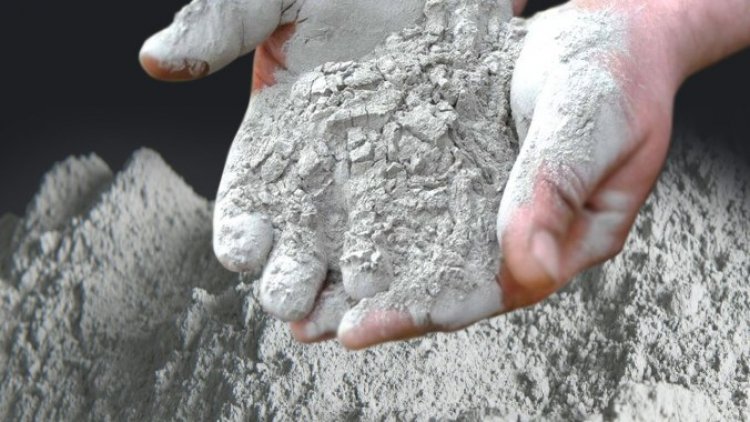Cement; A Fundamental Yet Hazardous Material to User's Health
Cement is an adhesive finely ground powdery substance that hardens when mixed with water and fastens to other materials to hold them together.

Several decades have witnessed the evolution of houses constructed by using different materials. These materials were utilized due to either their strength or consistency. Materials used by early builders ranged from stone, wood, grasses to animal fibers. The use of cement was birthed in the 19th century by Joseph Aspdin in England.
Bamboo, thatch, timber, and straws were used before cement came to be in Nigeria in 1957. Owing to its soundness, strength and plasticity, it has stood the test of time for years and continues to be a fundamental material in building construction.
Cement is an adhesive finely ground powdery substance that hardens when mixed with water and fastens to other materials to hold them together. It is made from limestone, clay, and marlstone or mudstone and contains elements such as silicon dioxide, alkaline, sulphur trioxide, etc in measurable quantities.
From the inception of constructing a building, tiling, plumbing, to the fencing of such building, cement is the main ingredient that contributes to its durability. It is like a gum that acts as a stabilizer, fills cracks and holes and is a hard surface against agents of weather and other chemical substances.
It is majorly plastered to arranged block surfaces to give a polished appearance and laying of foundations, construction of deckings, pillars, etc. Flower pots and garden seats are also made from cement.
It is apparent that cement is an indispensable material for building construction and just like every other material, perfection cannot be reached and it has side effects on workers' health.
Cement is composed of certain elements which can be inimical to the health of users if not properly handled. Elements like silicon dioxide pose a great threat to health when inhaled. Inhaling cement dust is equivalent to inhaling silica dust which causes various pathosis of the lungs such as pneumoconiosis, lung cancer, chronic chest trouble and difficulty in breathing.
Alkaline compounds are present in wet concrete made out of cement and should not be more than 1% in its composition. When it touches the skin continuously and for a long period, it penetrates and burns the skin resulting in skin irritation and irritant dermatitis. When wet concrete stays in contact with the skin under protective cover such as boots, it might give rise to injuries leading to skin ulcers.
Exposure to sulphur trioxide can catalyze nausea and vomiting, skin burn and eye irritation. When inhaled, it can irritate the nose, throat and lungs.
Workers will unavoidably be exposed to cement and cement dust therefore they must protect their skin by wearing appropriate eye protection, safety protective civil engineers uniform, alkali resistant and waterproof gloves and boots. They should also avoid frequent exposure to cement dust, and remove any kind of jewelry because it can retain wet cement.
Clothing that has collected lumps of wet cement while working should be pulled off and washed immediately.
Avoid washing your hands in the same bucket used in washing construction tools. If exposed to cement dust or when it is inhaled, endeavor to get medical attention immediately.
Edited by Skeeter Imisa

 Esther Oguntuase
Esther Oguntuase 






























